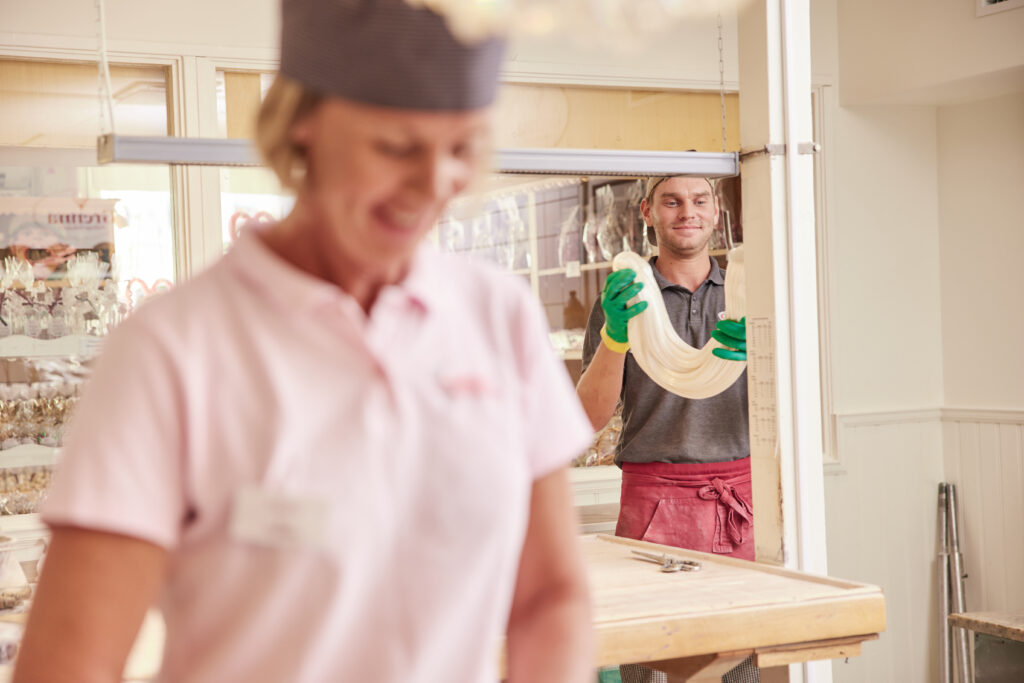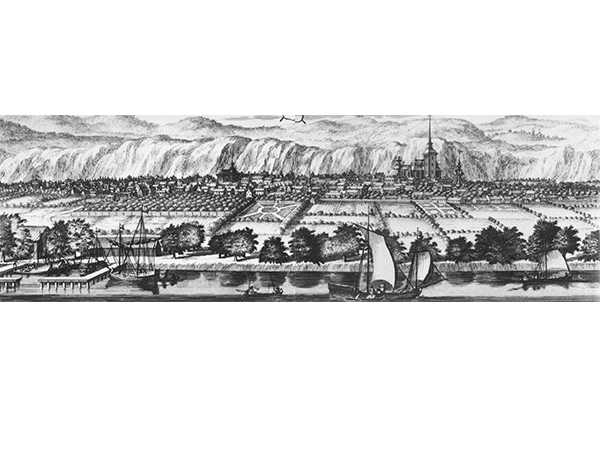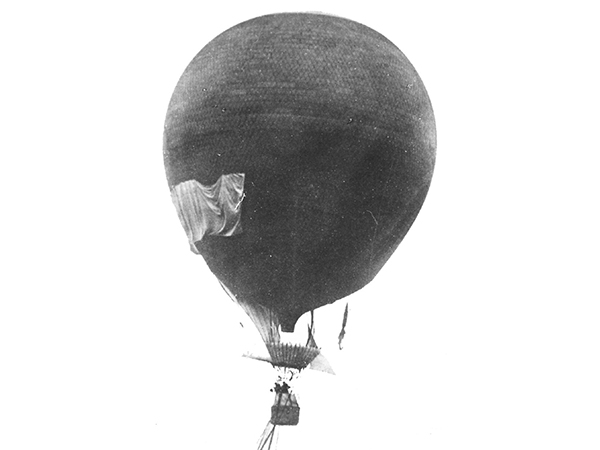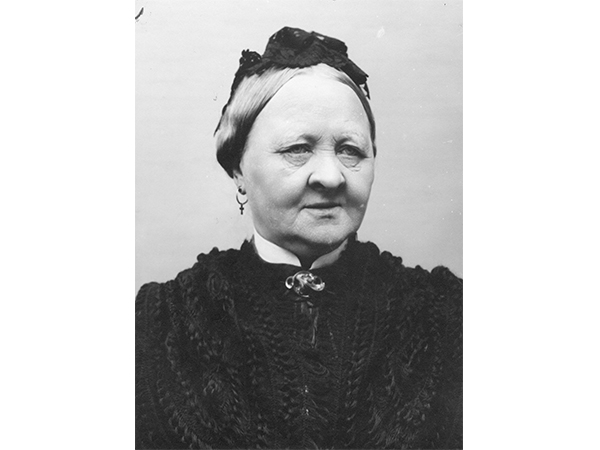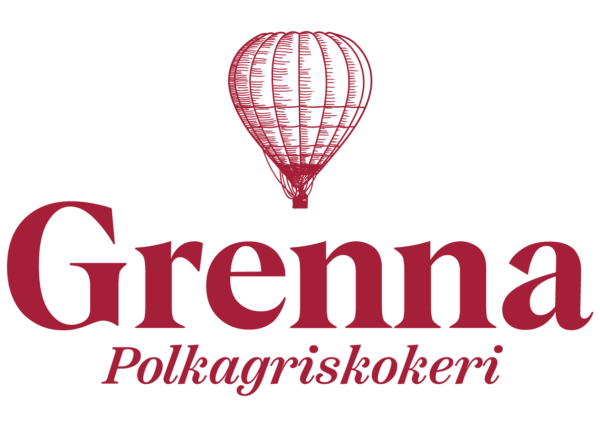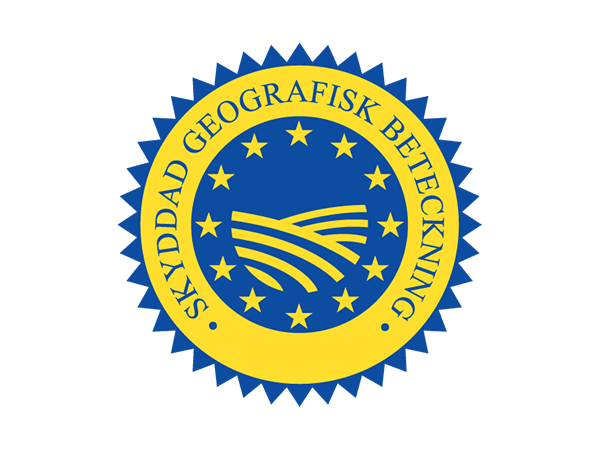It takes a woman..
The woman who put Gränna on the world map was Mrs Amalia Eriksson, and thanks to her Gränna forever will be associated with the red and white striped candy called ”Polkagris”. Amalia was born in 1824. She grew up in Gränna where she later married the tailor. They had a daughter named Ida. Only 34 years old, Amalia became a widow and a single mother. Amalia was an enterprising woman and at that time she made so called funeral and wedding candy in her home. She had also started to make her specialty ”Polkagrisar” shaped as small pillows. To earn a living, in 1859 Mrs Amalia Eriksson applied and got permission from the Mayor, Carl-Johan Wennberg, in Gränna, for running her own business.
Today, over 160 years ago, the Polkagris peppermint rock candy is made the same way as during Amalias days.
The secret of craftmanship
Amalias daughter, Ida, maintained the handicraft and developed what her mother had started. The first person, outside the family, who knew the secrets of making this candy was Ms Greta Nordstedt. She lived in the “Nordstedts’ House” at Brahegatan 39, the same house that Grenna Polkagriskokeri is situated in today.
In the middle of the 1950’s the production in Gränna increased and Polkagris-making became a small industry with several confectioneries “popping up”. In the beginning the candy was made by housewives at home, and sold in all kinds of stores. Olle Mattias was the first person who invited people to watch the baking process. Today all confectioneries in Gränna have a window to show their production and tourists enjoy it a lot!
In the beginning of the 1970´s the first Polkagris, not red and white, were made. It was blue and yellow and people made a big fuss of it. They thought that the tradition with the red- and-white were ruined. Later on, in the 70´s different flavours appeared, and today the candy sticks (as we choose to call them) are made in several colours and flavours.
The Original Polkagris from Gränna is still always red and white with a fresh taste of peppermint!

